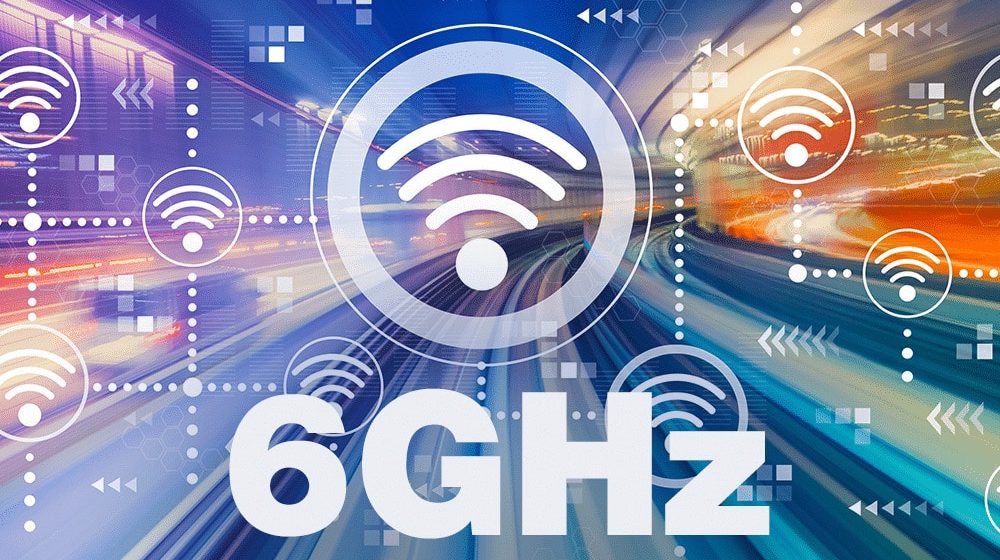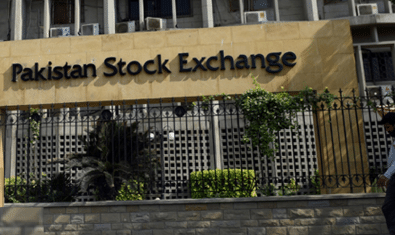The full opening of the 6 GHz band for unlicensed use is good for the country as Wi-Fi is expected to contribute nearly $4.9 trillion to the global economy by 2025, stated Syed Ismail Shah, Head of Connectivity and Access Policy for APAC Meta Platforms Inc.
He added that countries making the full band available for Wi-Fi will see greater socioeconomic benefits while addressing the Asia-Pacific Telecommunity, South Asian Telecommunication Regulators’ Council (SATRC) Workshop on Policy.
The three-day workshop, hosted by the Pakistan Telecommunication Authority (PTA), brings together experts and policymakers from across South Asia to explore key matters related to new technologies, regulations,s, and policies in the telecommunications sector.
Shah gave a presentation on “Emerging technologies and the evolving policy, regulation, and connectivity landscape”.
He further said that Wi-Fi sits at the edge of every type of broadband connection – fiber, cable, fixed 5G, satellite, and enterprise ethernet radio spectrum in the 2.4 GHz and 5 GHz bands are rapidly congesting.
5925-7125 MHz alleviates congestion and provides a path forward for new technology innovation. In particular, gigabit Wi-Fi (Wi-Fi to terminate Fiber) needs the full 6 GHz. New standards need wide channels to manage new use cases – diversity in throughput, latency, and density.
He said that opening the entire 6 GHz band for Wi-Fi is a good spectrum policy and protects satellite connectivity. Considering the importance of satellite connectivity, FSS deployments in the 6 GHz could be impacted by IMT deployments in different regions as they can be in the field of view of the satellite beam.
For instance, an MSS uplink in the 2.6 GHz band in Region 3 is interfered with by IMT usage in Region 1, hence, there is a cross-regional interference still pending resolution. Wi-Fi in 6 GHz will better serve remote communities, whereas the potential benefit of 5G in 6 GHz would be limited to marginal additional capacity for dense urban and not serve rural areas.
In Europe, 5G base stations represent 34.5% of the total number of 4G base stations, but most of those 5G base stations are using Dynamic Spectrum Sharing (DSS) in 4G bands. 5G base stations in the 3.4-3.8 GHz band (for which IMT wants 6 GHz as an extension) only represent 6.99% of the total number of 4G base stations.
While there is a sizable 5G deployment in Europe today (about 256,074 5G base stations as of August 2022), the share of 5G base stations deployed in the 3.5 GHz is very limited. The region stands to see economic benefits through the low-cost enablement of advanced applications.
He recommended that the spectrum needed (not only 5G and so on but WiFi also) while protecting the satellite and other existing services Wi-Fi 6E can be deployed today.
Chairman PTA, Muhammad Naveed highlighted the importance of the telecommunications sector in Pakistan and stated that the sector is evolving rapidly. The regulator has a crucial role to play in ensuring that quality services are delivered in a manner that is secure, and beneficial to the citizens.
Federal Secretary, Ministry of Information Technology & Telecom (MoIT&T), Navid Ahmed Shaikh emphasized the role of emerging technologies in driving innovation and economic growth in the region.






















Nic god
Pehlae 5ghz to use karlo. Abhi tak legacy 2.4ghz sae agae nhi gaye routers apkae